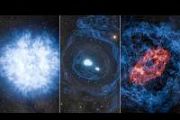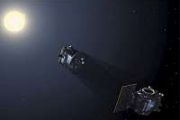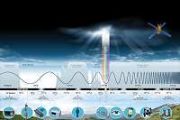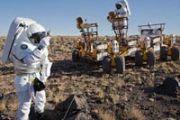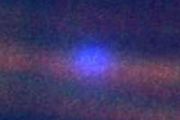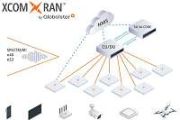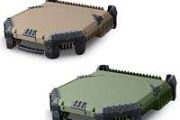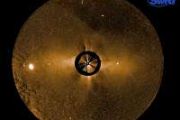The Murchison Widefield Array (MWA) is a joint project between an international consortium of universities to build a low-frequency radio array operating in the frequency range 80–300 MHz.
The main scientific goals of the MWA are to detect neutral atomic Hydrogen emission from the cosmological Epoch of Reionization (EoR), to study the sun, the heliosphere, the Earth's ionosphere, and to study radio transient phenomena.
The MWA is the first so-called large-N array, fully cross-correlating signals from 128 phased tiles, each of which consist of 16 crossed dipoles arranged in a 4x4 square. The field of view is large by the standard of astronomical instruments, being on the order of 30 degrees across.
The MWA was to be situated at Mileura Station where initial testing had been conducted then moved southwest Boolardy station in outback Western Australia, at the Murchison Radio-astronomy Observatory (MRO), 800 kilometres north of Perth. This location offers a quiet radio environment and stable climate for observations.
The MRO is also the site of CSIRO's Australian Square Kilometre Array Pathfinder (ASKAP) and one of two candidate sites for the Square Kilometre Array (SKA).
In addition to the geographic link, the MWA is a technology and science pathfinder for the SKA.









































